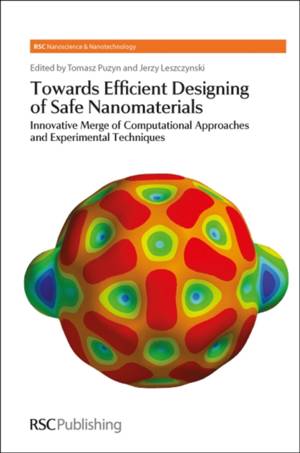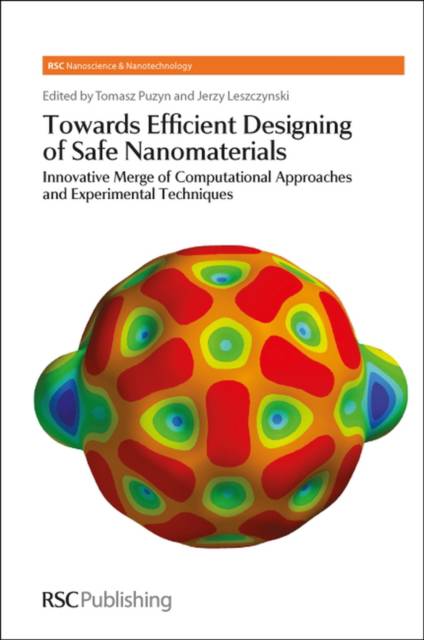
- Retrait gratuit dans votre magasin Club
- 7.000.000 titres dans notre catalogue
- Payer en toute sécurité
- Toujours un magasin près de chez vous
- Retrait gratuit dans votre magasin Club
- 7.000.0000 titres dans notre catalogue
- Payer en toute sécurité
- Toujours un magasin près de chez vous
Towards Efficient Designing of Safe Nanomaterials
Innovative Merge of Computational Approaches and Experimental Techniques
Description
The expanding field of nanotechnology is now one of the most promising areas of science. However, because some nanoparticles can have a negative impact on human health and the environment, the design of novel materials must always be accompanied by a comprehensive risk assessment. Until now, the information on the methods available has been fragmented and incomplete. This book is the first to provide a comprehensive review of recent progress and challenges in the risk assessment of nanomaterials by empirical and computational techniques. Topics covered include: benefits versus risks, carbon based nanomaterials, environmental detection and quantitative analysis, chemometric modelling, human exposure assessment, toxicity testing, nano-QSAR, risk assessment strategies, policy and regulatory frameworks.
Spécifications
Parties prenantes
- Editeur:
Contenu
- Nombre de pages :
- 378
- Langue:
- Anglais
- Collection :
- Tome:
- n° 25
Caractéristiques
- EAN:
- 9781849734530
- Date de parution :
- 27-09-12
- Format:
- Livre relié
- Format numérique:
- Ongenaaid / garenloos gebonden
- Dimensions :
- 162 mm x 237 mm
- Poids :
- 743 g

Les avis
Nous publions uniquement les avis qui respectent les conditions requises. Consultez nos conditions pour les avis.





